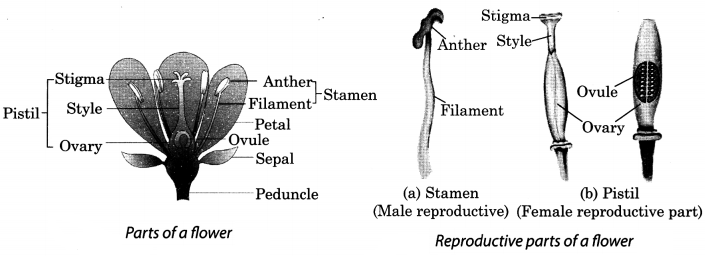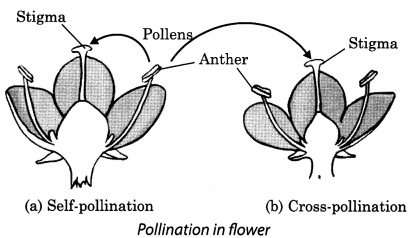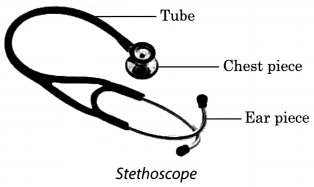On this page, you will find NCERT Class 7 Geography Chapter 6 Notes Pdf free download. CBSE Class 7 Social Science Notes Geography Chapter 6 SST Natural Vegetation and Wild Life will seemingly help them to revise the important concepts in less time.
Natural Vegetation and Wild Life Class 7 Notes Social Science Geography Chapter 6
CBSE Class 7 Geography Chapter 6 Notes Understanding The Lesson
1. As we go higher and higher places, we can see the changes in the landform and natural vegetation.
2. On the higher places we find tall trees with thin pointed leaves and cone-shaped canopies which are called coniferous trees on the mountain slopes.
3. With the change in height, the climate changes and that changes natural vegetation.
4. The growth of vegetation depends on temperature and moisture. It also depends on factors like slope and thickness of soil.
5. Natural vegetation is generally classified into three broad categories:
- Forests
- Grasslands and
- Shrubs.
6. Tropical Evergreen Forest is also called tropical rainforests. These are thick forests occurring in the regions near the equator and close to the tropics.
7. Tropical Evergreen Forests are found in the regions which are hot and receive heavy rainfall throughout the year. As there is no particular dry season, the trees do not shed their leaves. This is the reason they are called evergreen. These are dense and do not allow the sunlight even in the day time. Hardwood trees like rosewood, ebony, mahogany are common here.
8. Tropical Deciduous Forests are the monsoon forests which are found in the large part of India, northern Australia and in Central America.
9. These regions experience seasonal changes. Trees shed their leaves in the dry season to conserve water. Sal, teak, neem and shisham are trees found in these regions.
10. Temperate Evergreen Forests are located in the mid-latitudinal coastal region. These are found in southeast USA, South China and in South-east Brazil. They comprise both hard and softwood trees like oak, pine, eucalyptus etc .
11. Temperate Deciduous Forests are found in the north-eastern part of USA, China, New Zealand, Chile and also found in the coastal regions of Western Europe. These are found towards higher latitudes. The trees shed their leaves in the dry season. The common trees are oak, ash, beech, etc. Deer, foxes, wolves are the animals commonly found. Birds like pheasants, monals are also found here.
12. The west and south-west margins of the continents have Mediterranean vegetation. It is mostly found in the areas around the Mediterranean Sea in Europe, Africa and Asia. These regions are marked for hot dry summers and mild rainy winters. Citrus fruits such as oranges, figs, olives and grapes are commonly cultivated here.
13. Coniferous Forests are found in the higher latitudes of Northern hemisphere. These are also called as Taiga. The trees found here are tall, softwood evergreen trees. Silver fox, mink, polar bear are the common animals found here.
14. Tropical grasslands occur on either side of the equator and extend till the tropics. This vegetation grows in the areas of moderate to low amount of rainfall. The grass can grow very tall, about 3 to 4 metre in height. Savannah grasslands of Africa are of this type. Elephants, zebras, giraffes, deer, leopards are common in tropical grasslands.
15. Temperate grasslands are found in the mid-latitudinal zones and in the interior part of the continents. Wild buffaloes, bisons, antelopes are common in the temperate region.
16. Thorny bushes are found in the dry desert-like regions. These are located on the western margins of the continents.
Notes of Geography Class 7 Chapter 6 Important Terms
Forests: Where trees grow in plentiful.
Grassland: These are lands full of grasses.
Natural vegetation: These grow naturally.
Anaconda: A type of snake which is the largest snake found in the tropical rainforest.


